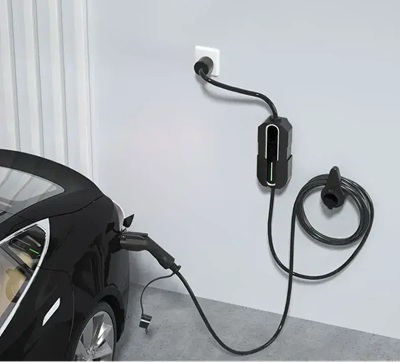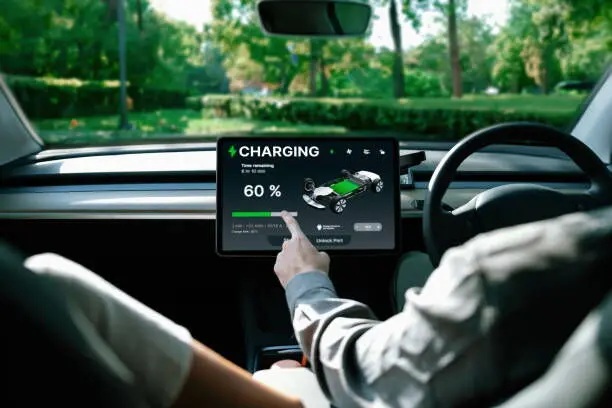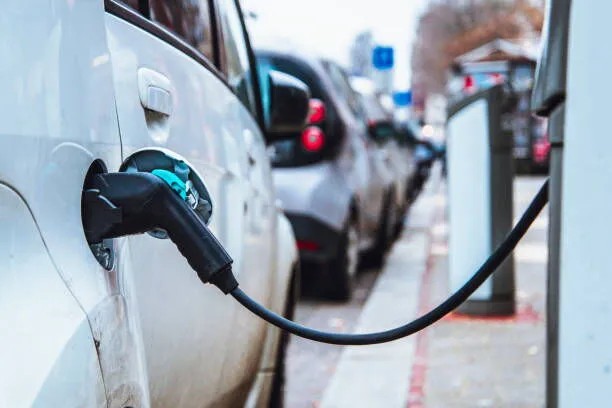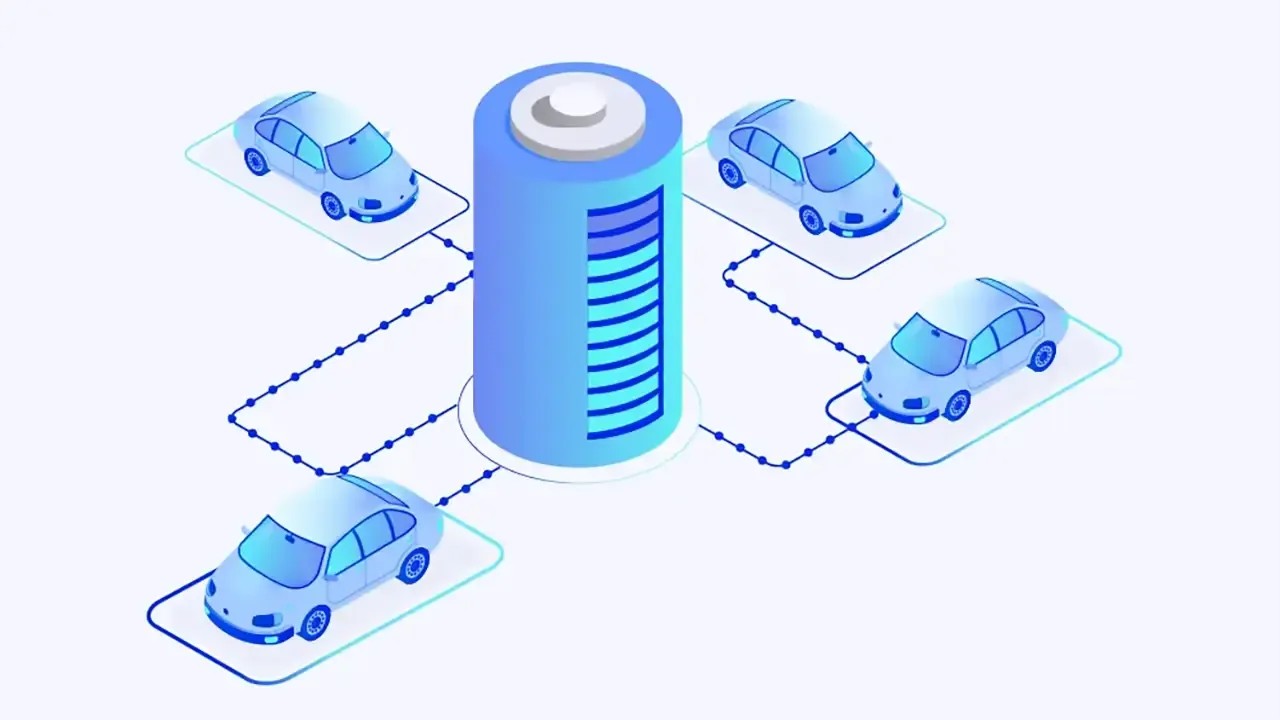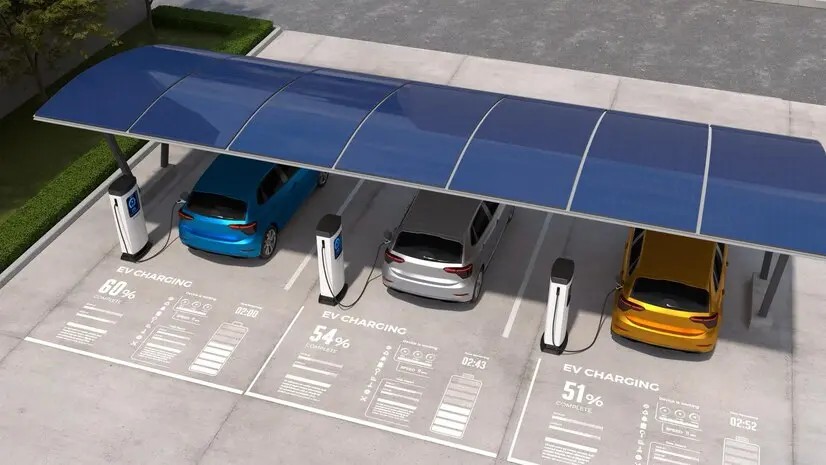How Fast Does a J1772 Charge? A Comprehensive Guide to EV Charging Speeds
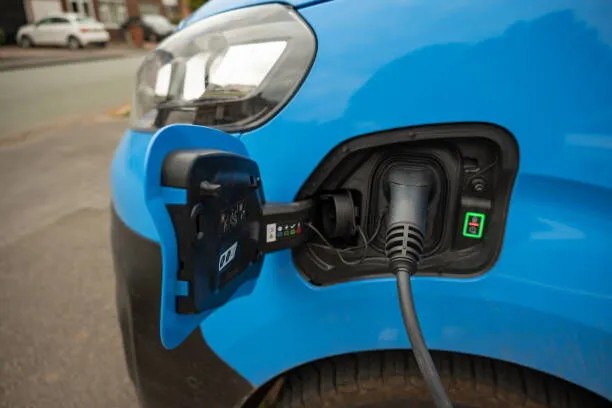
Strong 8k brings an ultra-HD IPTV experience to your living room and your pocket.
Introduction to the J1772 Connector and Its Role in EV Charging
The J1772 connector has become the standard for AC charging in North America, supporting both Level 1 and Level 2 charging for electric vehicles (EVs). Developed by the Society of Automotive Engineers (SAE), the J1772 connector was created to offer a universal and reliable charging solution, ensuring compatibility with a wide range of vehicles and charging stations. Unlike DC fast charging, which bypasses the vehicle’s onboard charger to directly supply power to the battery, J1772 charging requires the onboard charger to convert AC power into DC for battery charging.As a professional EV charger manufacturer in China, Topper Company provides dependable electric vehicle charging station equipment and comprehensive charging solutions.
J1772 chargers are found everywhere, from public charging stations to residential setups and workplace installations. This widespread availability makes them a convenient and versatile option for EV owners, offering seamless charging without the need for special adapters or connectors. However, Tesla vehicles, which use a proprietary charging plug, require a J1772 adapter to utilize these stations.
While J1772 charging is widely adopted, many EV drivers wonder how it compares to other charging systems in terms of speed. This article delves into the factors that influence J1772 charging speeds, compares it with other charging technologies, and offers tips on how to optimize the charging process for both efficiency and convenience.
Types of DC Fast Charging Connectors
Before diving into the specifics of J1772 charging, it’s important to understand the broader landscape of EV charging connectors, especially for DC fast charging. There are three main types of DC fast charging connectors:
Combined Charging System (CCS Connector): The CCS connector is the most common for fast charging in North America and Europe. It combines both AC charging (via the J1772 connector) and DC fast charging into a single port, providing convenience and versatility. Many modern EVs, like the Ford Mustang Mach-E, Volkswagen ID.4, and Chevrolet Bolt, use the CCS connector for fast charging.
CHAdeMO Plug: Originally developed in Japan, CHAdeMO is an older DC fast charging standard. It’s still used by vehicles such as the Nissan Leaf, but its adoption has decreased in favor of the more widely supported CCS connector.
Tesla Superchargers: Tesla’s proprietary Supercharger network is designed exclusively for Tesla vehicles, though some non-Tesla EVs can use Superchargers with an adapter in certain regions. Tesla Superchargers offer some of the fastest charging speeds available, reaching up to 250 kW and adding up to 200 miles of range in just 15 minutes. However, while Tesla’s Superchargers provide faster charging times, J1772 charging remains sufficient for most everyday use, especially for overnight or extended stops.
Factors That Impact J1772 Charging Speeds
The speed at which a J1772 charger can replenish an EV’s battery is influenced by several key factors:
Onboard Charger Capacity: The onboard charger in the vehicle plays a crucial role in converting AC power from the charging station into the DC power that charges the battery. Onboard chargers typically range from 3.3 kW to 19.2 kW. For example, a vehicle with a 7.2 kW onboard charger will charge faster than one with a 3.3 kW charger, even when both are connected to the same Level 2 station.
Charging Station Power Output: Level 2 charging stations can deliver power from 3.3 kW to 19.2 kW. To achieve the fastest charging speeds, the power output of the station should match or exceed the onboard charger’s capacity. For instance, a 19.2 kW station is most effective if the vehicle’s onboard charger can handle that level of power.
Battery State of Charge (SoC): A battery charges more quickly when its state of charge is low, and the speed decreases as the battery nears full capacity. This is due to the battery management system (BMS), which reduces charging rates near full charge to protect the battery’s health.
Temperature: Both extreme cold and hot temperatures can slow down charging speeds. In colder weather, the BMS may limit the charging rate to protect the battery, while in hot weather, it might reduce the rate to prevent overheating. Charging in mild temperatures is ideal for optimal speed.
Charging Cable and Connector Quality: Low-quality or damaged cables and connectors can hinder charging efficiency. It’s important to use high-quality, well-maintained charging equipment to ensure reliable and fast charging.
Comparing J1772 with Other Charging Systems
While J1772 charging is highly reliable and widely accessible, it’s useful to compare it with other charging options, especially DC fast charging.
Charging Speed:
Level 1 J1772 (using a 120V outlet) is the slowest option, delivering about 1.4 kW, making it suitable only for overnight charging.
Level 2 J1772 (using a 240V outlet) is much faster, offering speeds from 3.3 kW to 19.2 kW. This makes it ideal for home and workplace charging.
In comparison, DC fast charging can deliver power between 50 kW and 350 kW, enabling rapid charging in 20-30 minutes, but it can degrade battery health over time if used frequently.
Convenience and Accessibility: J1772 chargers are widely available and can be found in many residential, workplace, and public locations. DC fast chargers, while faster, are less common and usually located along highways or in specific charging hubs. DC fast charging is best suited for long trips or when quick charging is required.
Cost: Level 2 J1772 charging is generally more affordable than DC fast charging. Home installations of Level 2 chargers are relatively low-cost, and public Level 2 stations usually have lower fees compared to DC fast chargers. DC fast charging tends to be more expensive, especially for high-power stations, due to the higher infrastructure costs.
Battery Health: J1772 Level 2 charging is gentler on the vehicle’s battery, which helps maintain its longevity. Frequent use of DC fast charging can cause more heat and stress on the battery, potentially leading to quicker degradation.
Optimizing J1772 Charging Speeds
EV drivers can take several steps to ensure they are getting the most efficient and optimal charging experience:
Choose the Right Charging Station: Select a Level 2 charging station that matches or exceeds the vehicle’s onboard charger capacity to maximize charging speeds.
Monitor Battery State of Charge: Charge when the battery is at a lower state of charge to take advantage of faster charging rates. Avoid charging when the battery is nearly full, as it will take longer to charge.
Charge in Moderate Temperatures: Whenever possible, charge in mild temperatures to avoid temperature-related limitations. If charging in extreme conditions, consider preconditioning the battery to optimize its temperature.
Maintain Charging Equipment: Regularly inspect charging cables and connectors to ensure they are in good condition, which helps prevent inefficiencies.
Use Smart Charging Features: Many EVs and charging stations come with smart charging features, allowing you to schedule charging during off-peak hours to save on energy costs and improve charging efficiency.
Conclusion
The J1772 connector plays a vital role in the EV charging landscape, providing a versatile and widely available solution for Level 1 and Level 2 charging. Although J1772 charging may not match the speed of DC fast charging, it is more than adequate for most daily charging needs, particularly for home and workplace charging. By understanding the factors that affect charging speeds and following best practices, EV drivers can make the most of their J1772 charging experience and keep their electric vehicles powered up efficiently.Know more about Google SEO Directory
Note: IndiBlogHub features both user-submitted and editorial content. We do not verify third-party contributions. Read our Disclaimer and Privacy Policyfor details.



